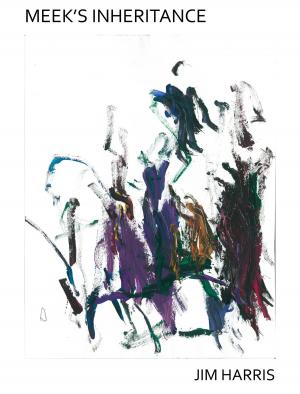| Author: | George Payne Rainsford James | ISBN: | 9788892553538 |
| Publisher: | George Payne Rainsford James | Publication: | February 12, 2016 |
| Imprint: | Language: | English |
| Author: | George Payne Rainsford James |
| ISBN: | 9788892553538 |
| Publisher: | George Payne Rainsford James |
| Publication: | February 12, 2016 |
| Imprint: | |
| Language: | English |
Let me take you into an old-fashioned country house, built by architects of the early reign of James the First. It had all the peculiarities—I might almost say the oddities—of that particular epoch in the building art. Chimneys innumerable had it. Heaven only knows what rooms they ventilated; but their name must have been legion. The windows were not fewer in number, and much more irregular: for the chimneys were gathered together in some sort of symmetrical arrangement, while the windows were scattered all over the various faces of the building, with no apparent arrangement at all. Heaven knows, also, what rooms they lighted, or were intended to light, for they very little served the purpose, being narrow, and obstructed by the stone mullions of the Elizabethan age. Each, too, had its label of stone superincumbent, and projecting from the brick-work, which might leave the period of construction somewhat doubtful—but the gables decided the fact.
Let me take you into an old-fashioned country house, built by architects of the early reign of James the First. It had all the peculiarities—I might almost say the oddities—of that particular epoch in the building art. Chimneys innumerable had it. Heaven only knows what rooms they ventilated; but their name must have been legion. The windows were not fewer in number, and much more irregular: for the chimneys were gathered together in some sort of symmetrical arrangement, while the windows were scattered all over the various faces of the building, with no apparent arrangement at all. Heaven knows, also, what rooms they lighted, or were intended to light, for they very little served the purpose, being narrow, and obstructed by the stone mullions of the Elizabethan age. Each, too, had its label of stone superincumbent, and projecting from the brick-work, which might leave the period of construction somewhat doubtful—but the gables decided the fact.















